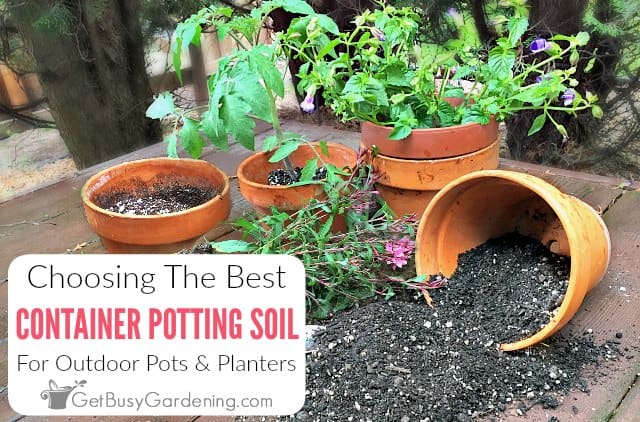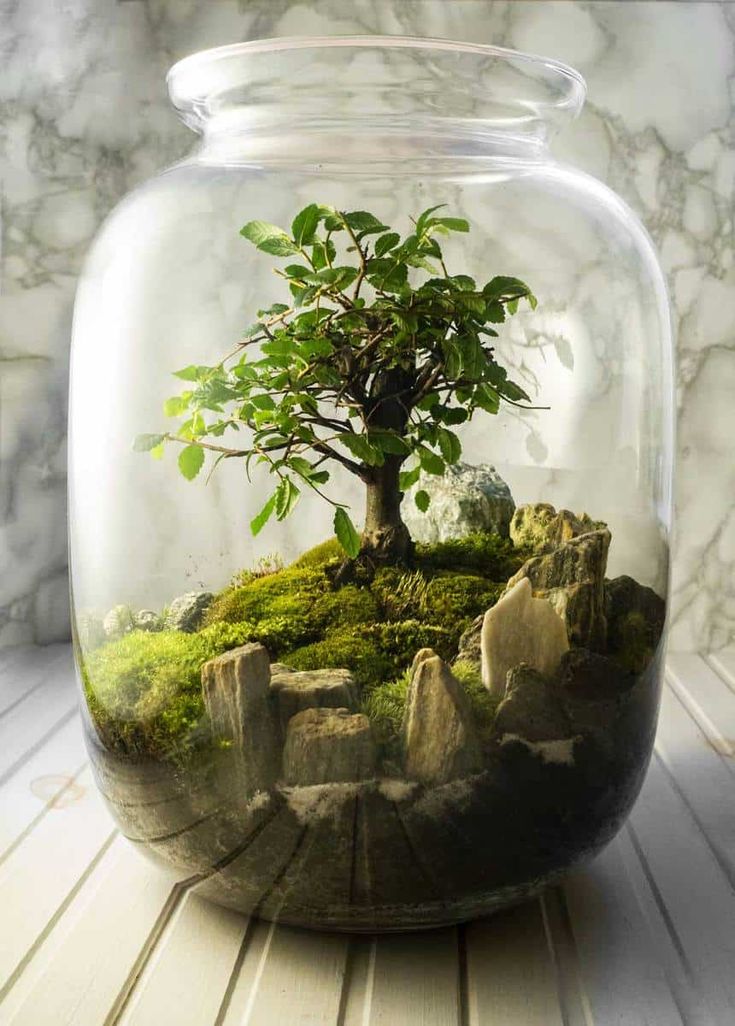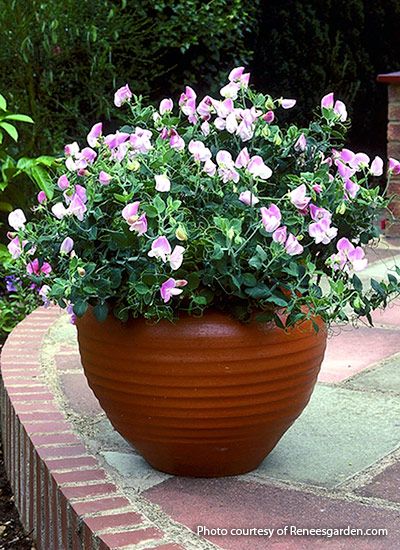
How does hydroponics gardening work? Hydroponic gardening is basically where the roots of the plants are submerged in nutrient solution, and then watered from the top. Hydroponics can be more easily managed than traditional farming methods. Furthermore, hydroponic plants tend to have fewer diseases than their soil counterparts. This method is also portable, so it's easier to protect plants against harsh weather. This article will explore some of the benefits of hydroponic gardening, and the reasons why it may be the best choice for your growing needs.
Hydroponic gardening refers to submerging the roots of plants into a nutrient solution
Hydroponics works by simply submerging the roots in a nutrient solution. In closed environments, such as greenhouses, the roots are kept wet and fed with water while the rest receive oxygen from the surrounding air. The solution keeps the correct balance of nutrients and liquids. In most hydroponic systems, pH levels are important.
This method uses less water that traditional gardening methods. It is also more economical. Hydroponics is more complex and requires micromanagement. Hydroponics needs to be maintained by regular flushing and replacement of water-based nutrient systems. Additionally, parts of the system must be cleaned and disinfected regularly to prevent any buildup. Hydroponics also presents a greater risk of waterborne illness, which can quickly kill entire collections.
It is easier to regulate than traditional farming methods
Hydroponics has a major advantage: it is flexible. Hydroponic gardening can be grown in a greenhouse. The gardens have their own microclimates. There is no need to spray insecticides, as there are no pests. With this method, growers can grow crops year-round in a temperature-controlled facility. These gardens can even operate in low- or no-natural sunlight.
Hydroponic systems also use 98 per cent less water than traditional farming methods. According to the World Health Organization, 71 percent of the world population has access to safe drinking water. By 2025, half of the world's population will live in water-stressed areas. Conservation of water will become more important than ever. Irrigation for agriculture will also be less profitable.
Monitoring of nutrient levels is essential.

In addition to checking pH, you should also test for EC and TDS levels to ensure the nutrients in your hydroponic growing medium are at the correct levels. pH is a scale that ranges from 0 to 14; some plants do better in acidic soils, while others thrive in alkaline environments. There are various methods for testing these factors, including an electronic meter, test strips, and drop test kits.
Hydroponics is a system that requires constant monitoring in order to achieve optimal growth. The water is high in nutrients and can be contaminated by microorganisms. Diseases can quickly spread if there is no soil barrier. This problem can be prevented by monitoring the pH levels and nutrient levels of your hydroponic systems. These conditions are best monitored by computers and sensors.
It is better than soil-grown plants
Hydroponically growing plants is more beneficial than soil-grown ones. There are numerous benefits of hydroponics, including the ability to control the temperature of the hydroponics solution, which can make the difference between healthy and unhealthy plants. Hydroponics makes it possible to adjust the pH level in the growing solution. This can alter the plants' access to nutrients. The downside of hydroponics is that it is more expensive than soil-grown plants.

Hydroponics requires less maintenance than soil-grown plants. This is the biggest difference between hydroponics and soil-grown plants. The cultivation of soil is labor-intensive. Hydroponic plants do not germinate. This means that weeds will not take root in your hydroponic plants and steal nutrients. Hydroponic plants can grow faster and require less space. Hydroponics is a cost-saving alternative to gardening.
FAQ
How long can I keep an indoor plant alive?
Indoor plants can last for many years. However, it's important to repot your plant every few months to help promote new growth. Repotting is easy. All you have to do is remove the soil and put in fresh compost.
Can I grow vegetables indoors
Yes, it is possible to grow vegetables in a greenhouse during winter. A greenhouse or grow light will be required. Before buying a greenhouse, check with your local laws.
Is there enough space in my backyard to grow a vegetable garden.
If you don't already have a vegetable garden, you might wonder whether you'll have enough room for one. Yes. A vegetable garden doesn't take up much space at all. It just takes some planning. For example, you could build raised beds only 6 inches high. Or you can use containers to build raised beds. You'll still get lots of produce.
What is the most important thing to do before you start a new garden?
Preparing the soil is the most important step in starting a garden. This includes adding organic matter such as composted manure, grass clippings, leaves, straw, etc., which helps provide plant nutrients. Next, place seeds or seedlings in prepared holes. Finally, water thoroughly.
How often do I need to water my indoor plants?
Watering indoor plants should be done every two days. Watering helps maintain humidity levels inside the house. Humidity is essential for healthy plants.
What kind of lighting works best for growing plants indoors?
Because they emit less heat that incandescents, floriescent lights are a good choice for growing indoor plants. They provide steady lighting without dimming or flickering. Fluorescent bulbs come in both compact fluorescent (CFL) and regular varieties. CFLs use up to 75% less energy than traditional bulbs.
Statistics
- 80% of residents spent a lifetime as large-scale farmers (or working on farms) using many chemicals believed to be cancerous today. (acountrygirlslife.com)
- Today, 80 percent of all corn grown in North America is from GMO seed that is planted and sprayed with Roundup. - parkseed.com
- As the price of fruit and vegetables is expected to rise by 8% after Brexit, the idea of growing your own is now better than ever. (countryliving.com)
- According to a survey from the National Gardening Association, upward of 18 million novice gardeners have picked up a shovel since 2020. (wsj.com)
External Links
How To
How to Grow Tomatoes
Tomatoes are a popular vegetable. They are easy to grow and provide many benefits.
To tomatoes, full sun is required and soil should be rich and fertile.
Tomato plants love temperatures above 60°F.
Tomatoes like lots of air circulation around them. To increase airflow, use trellises or cages.
Tomatoes need regular irrigation. Drip irrigation is a good option.
Tomatoes hate hot weather. Keep the soil at 80°F.
Tomato plants thrive on plenty of nitrogen-rich fertilizer. Two weeks apart, apply 10 pounds 15-15-10 fertilizer.
Tomatoes require about 1 inch water per day. You can either apply directly to the leaf or use a drip irrigation system.
Tomatoes can be affected by diseases like blossom end rot or bacterial wilt. Keep the soil well drained and apply fungicides to prevent these problems.
Aphids and whiteflies are pests that can be harmful to tomatoes. Spray insecticidal soap to the undersides leaves.
Tomatoes make a great and versatile vegetable. Tomato sauce, salsa, relish, pickles and ketchup are just a few of the many uses for tomatoes.
Growing your own tomato plants is a wonderful experience.